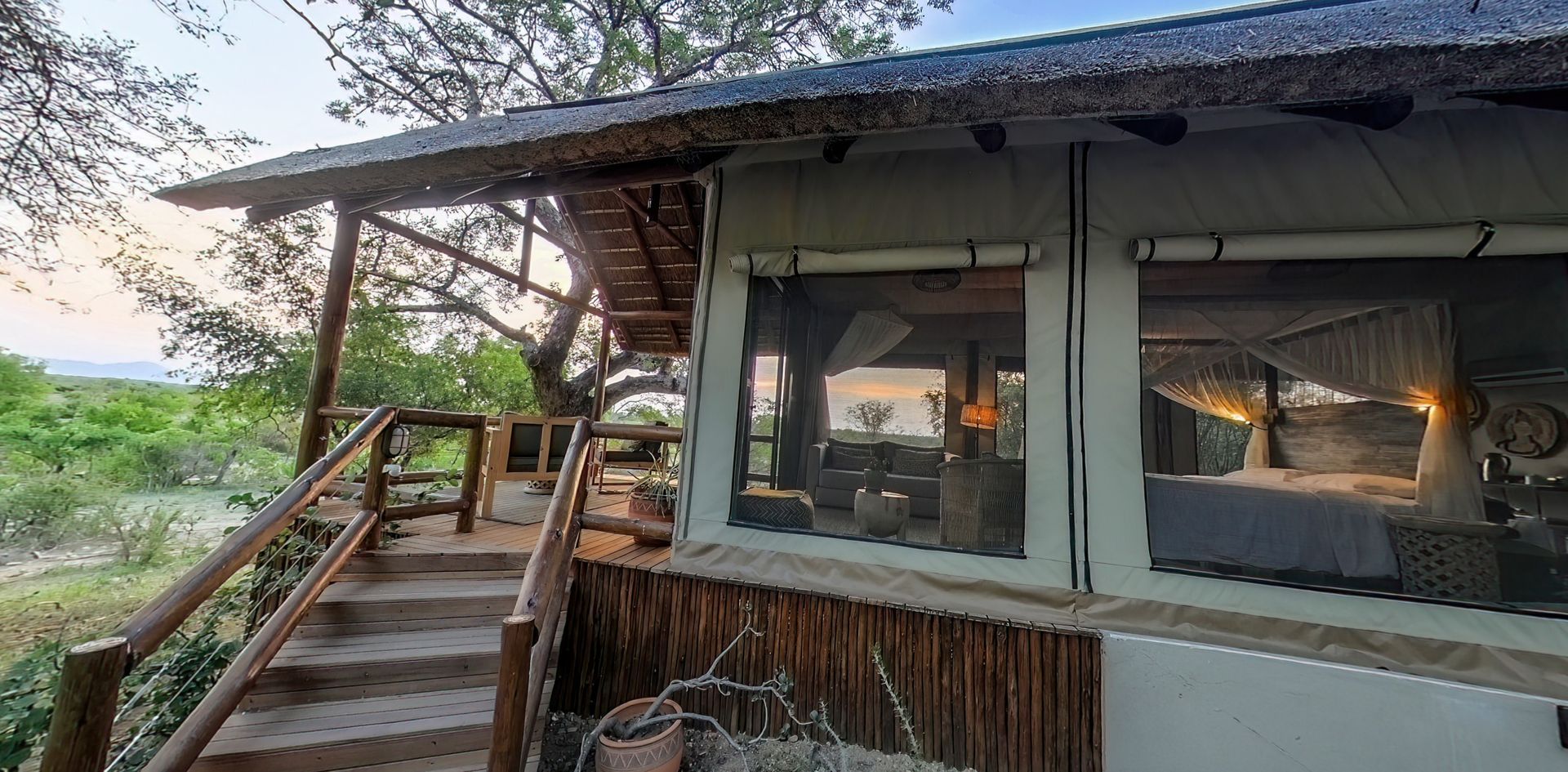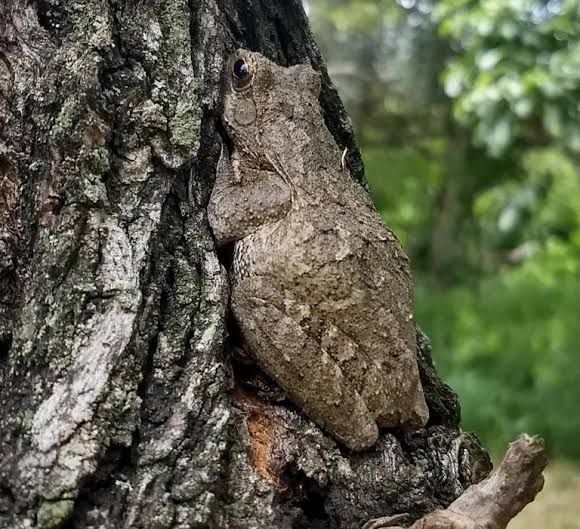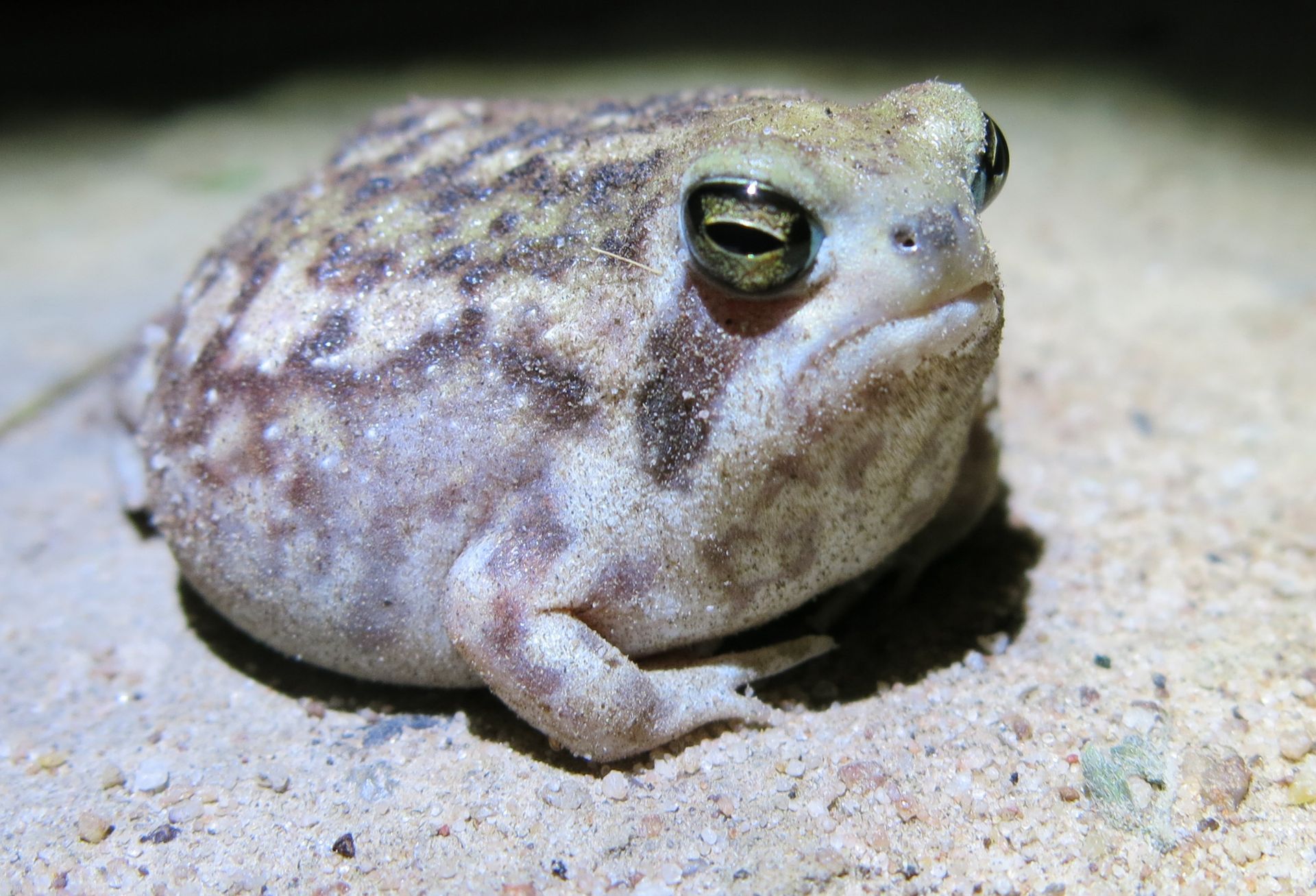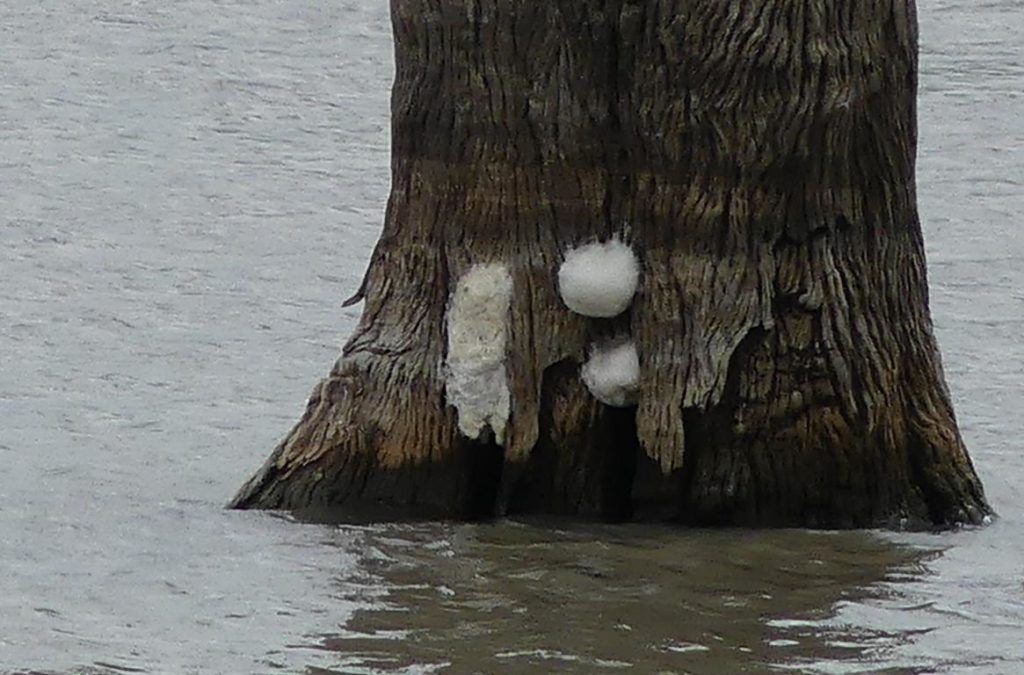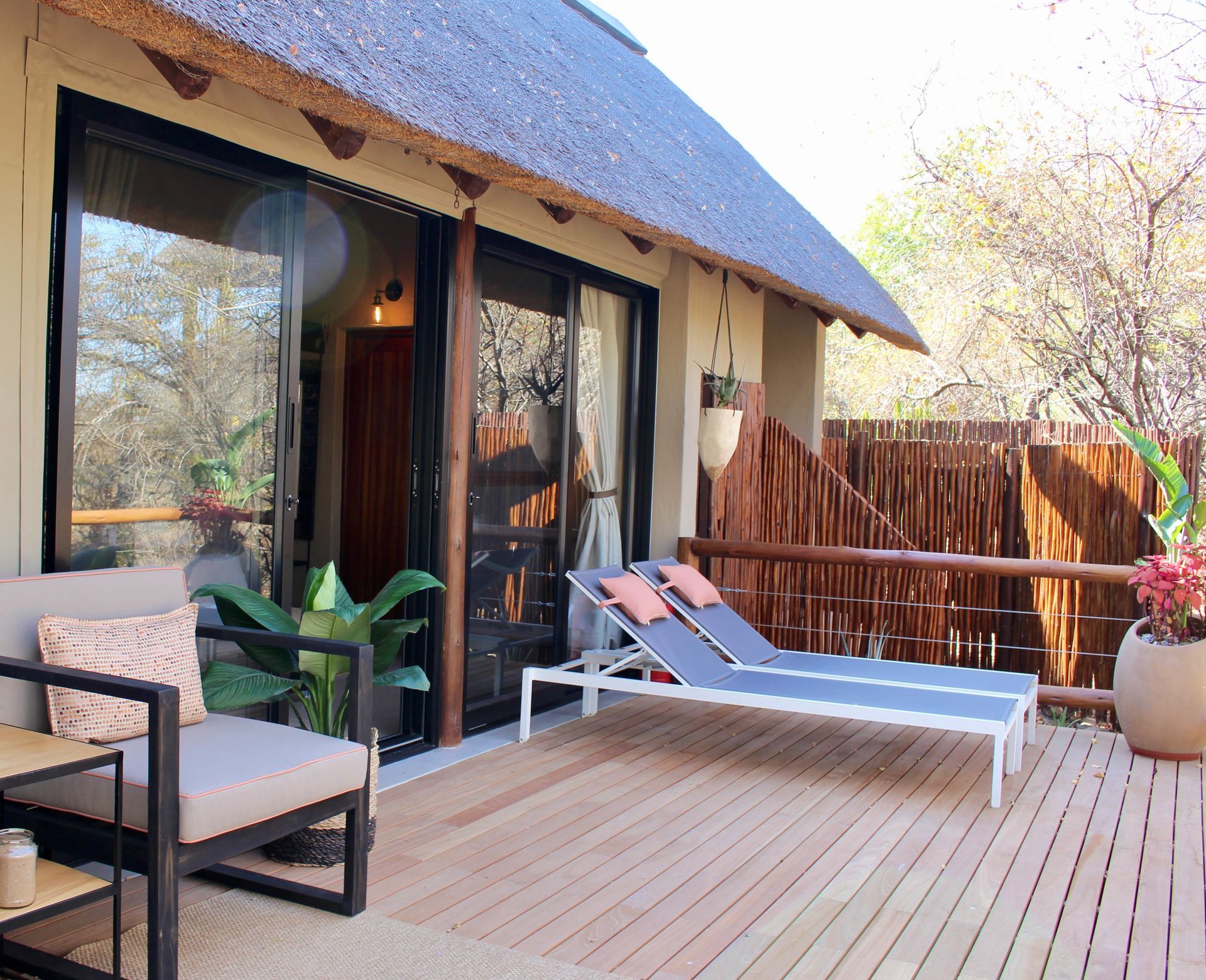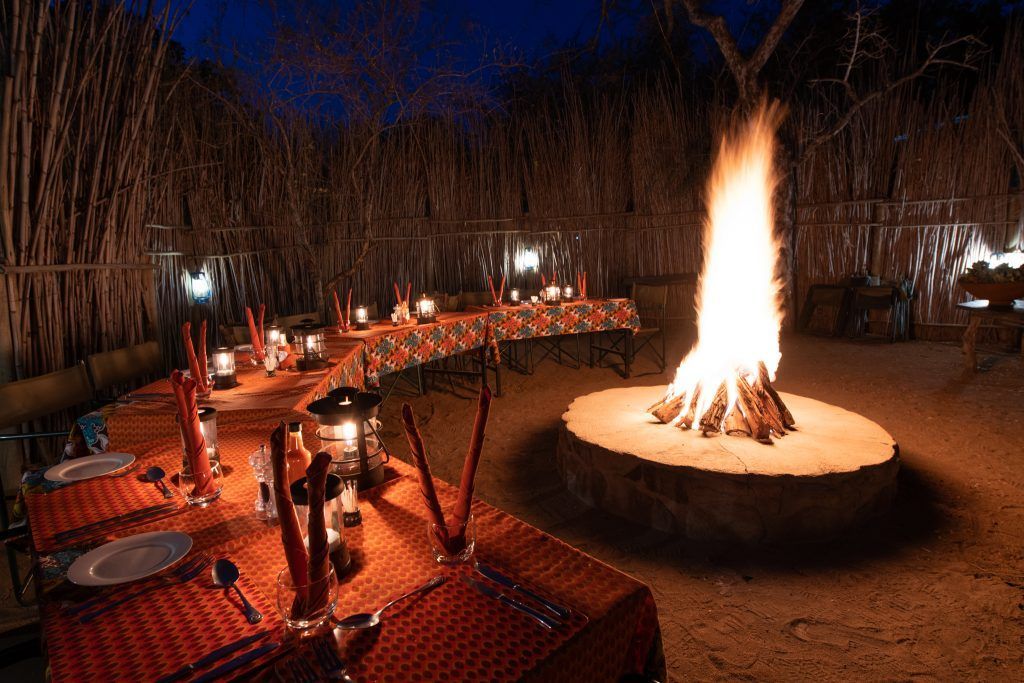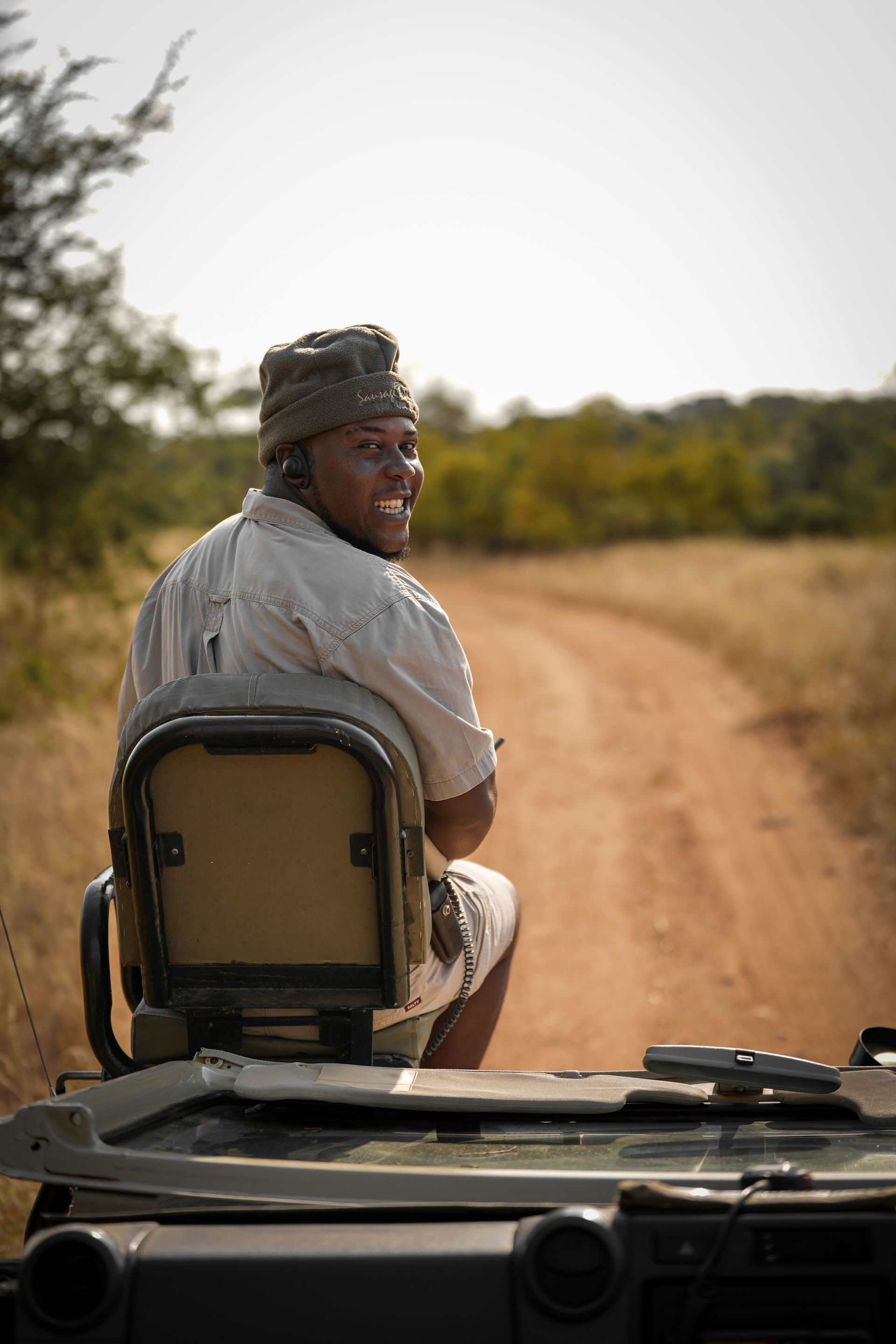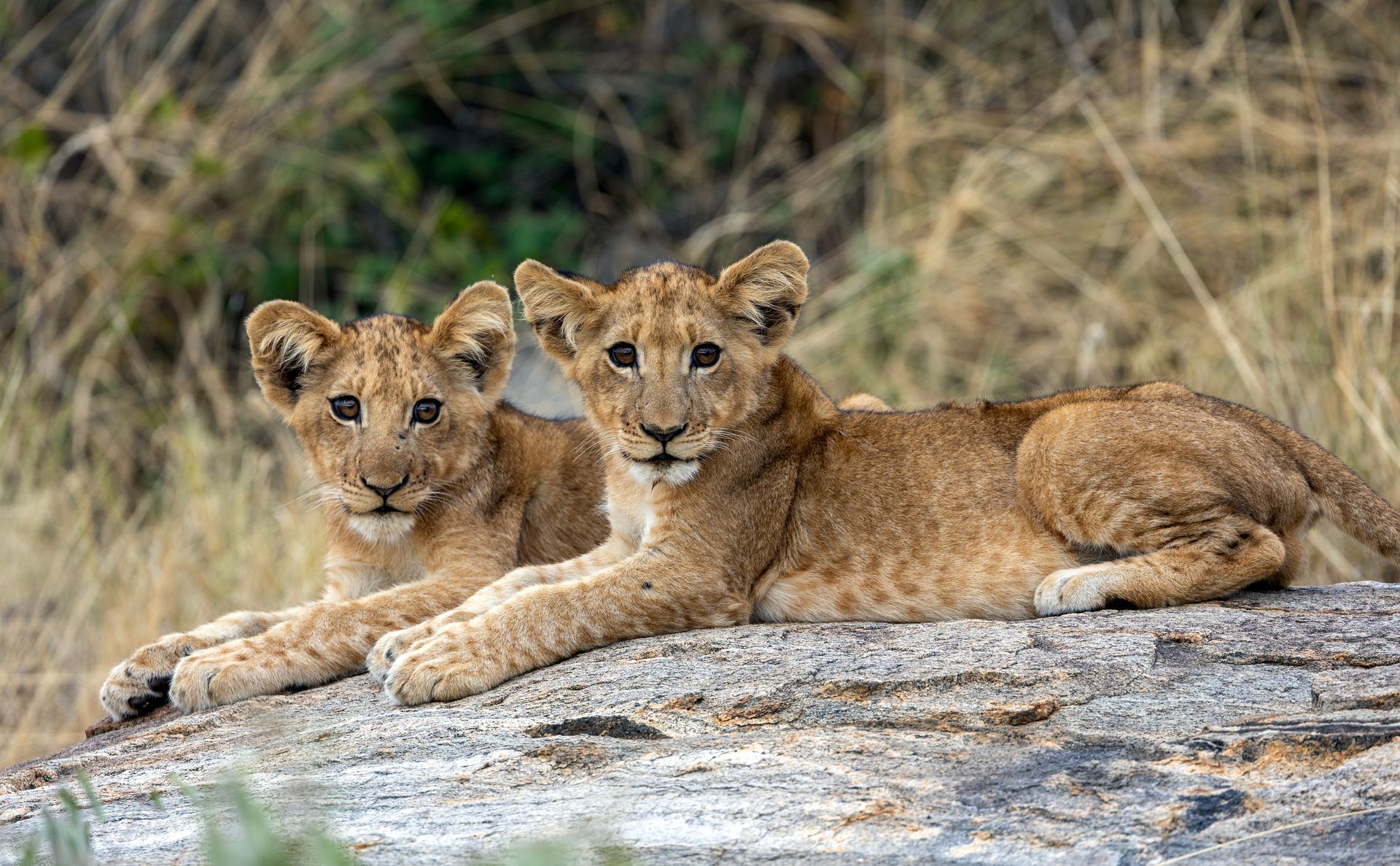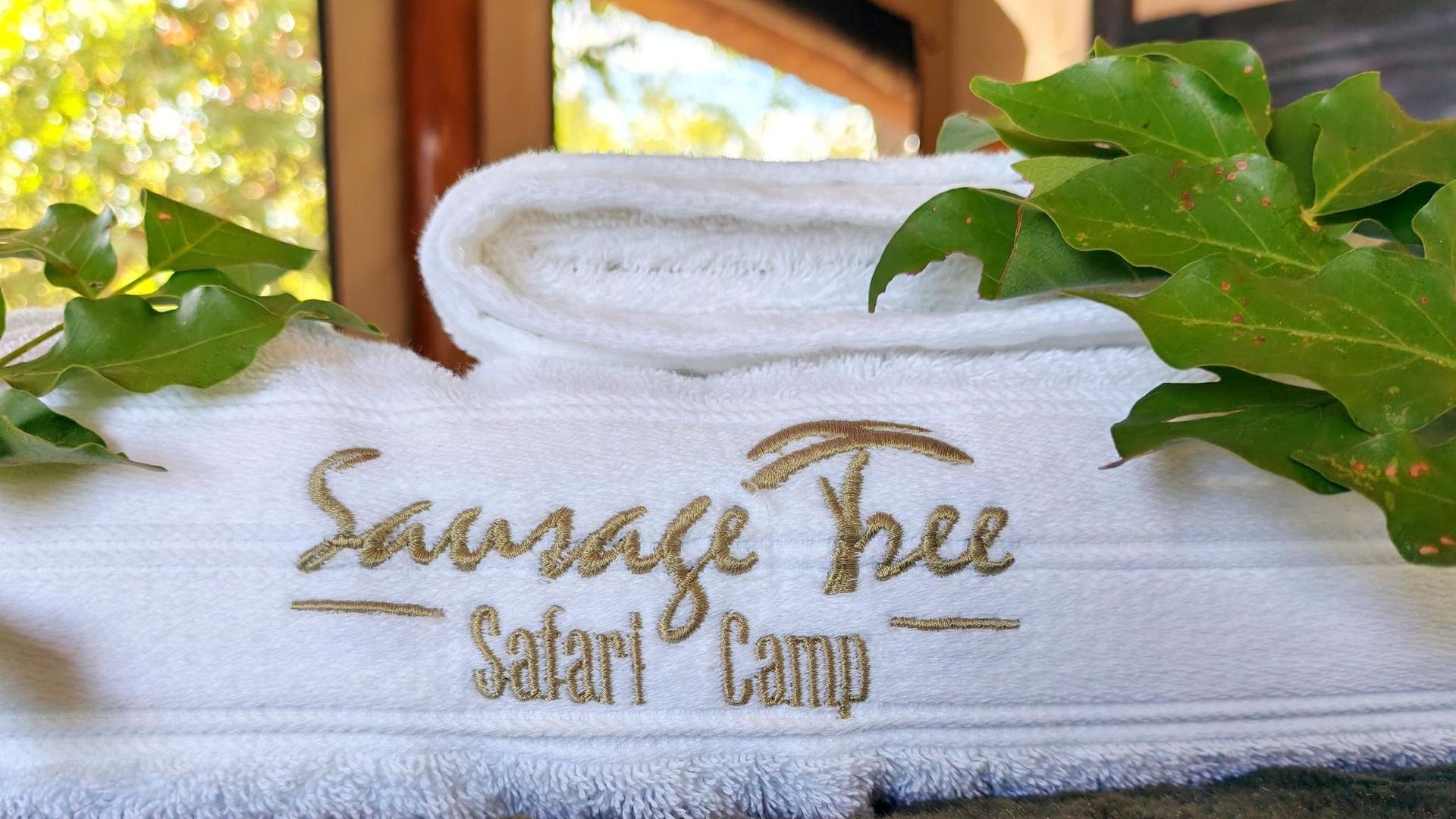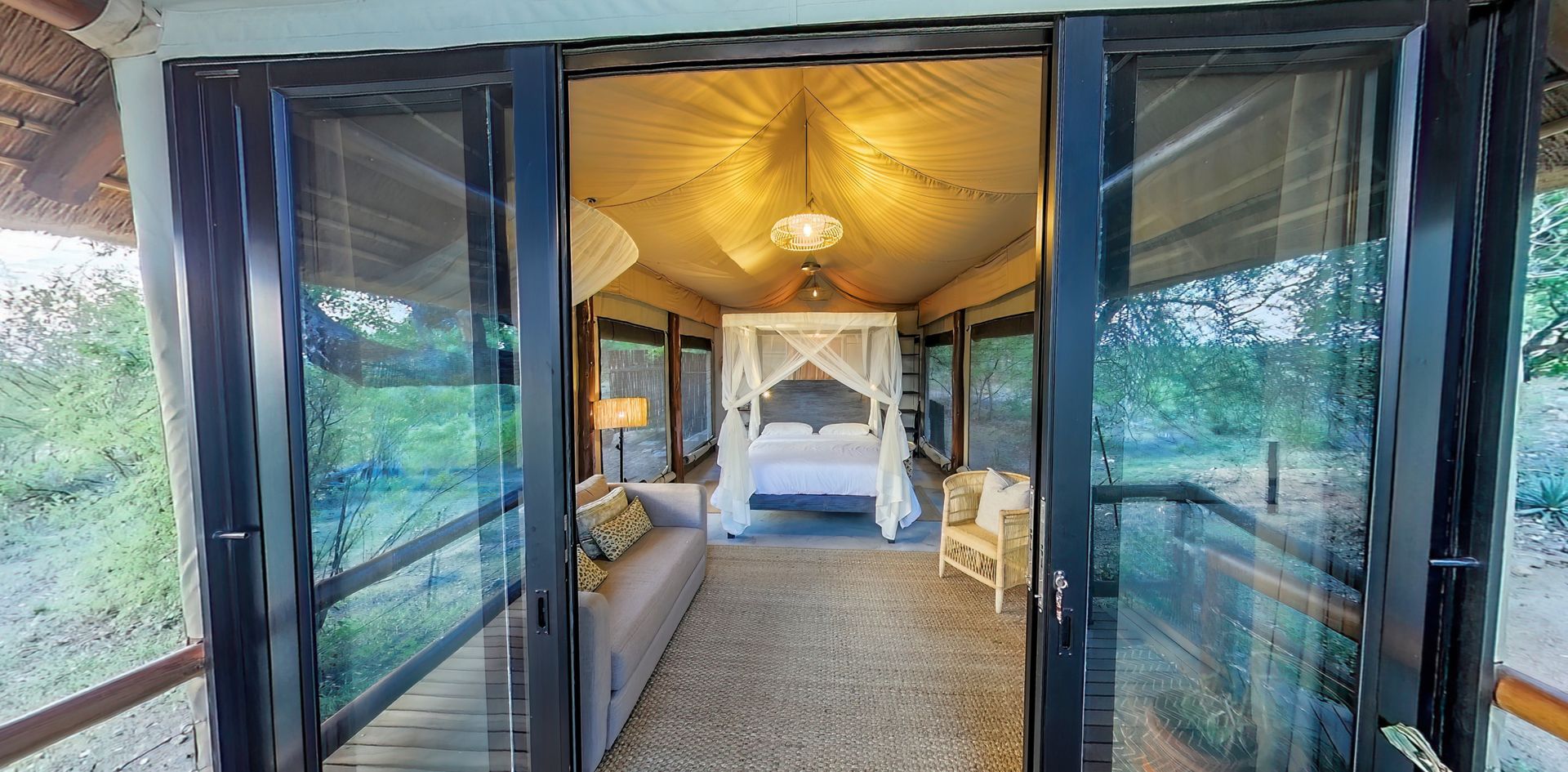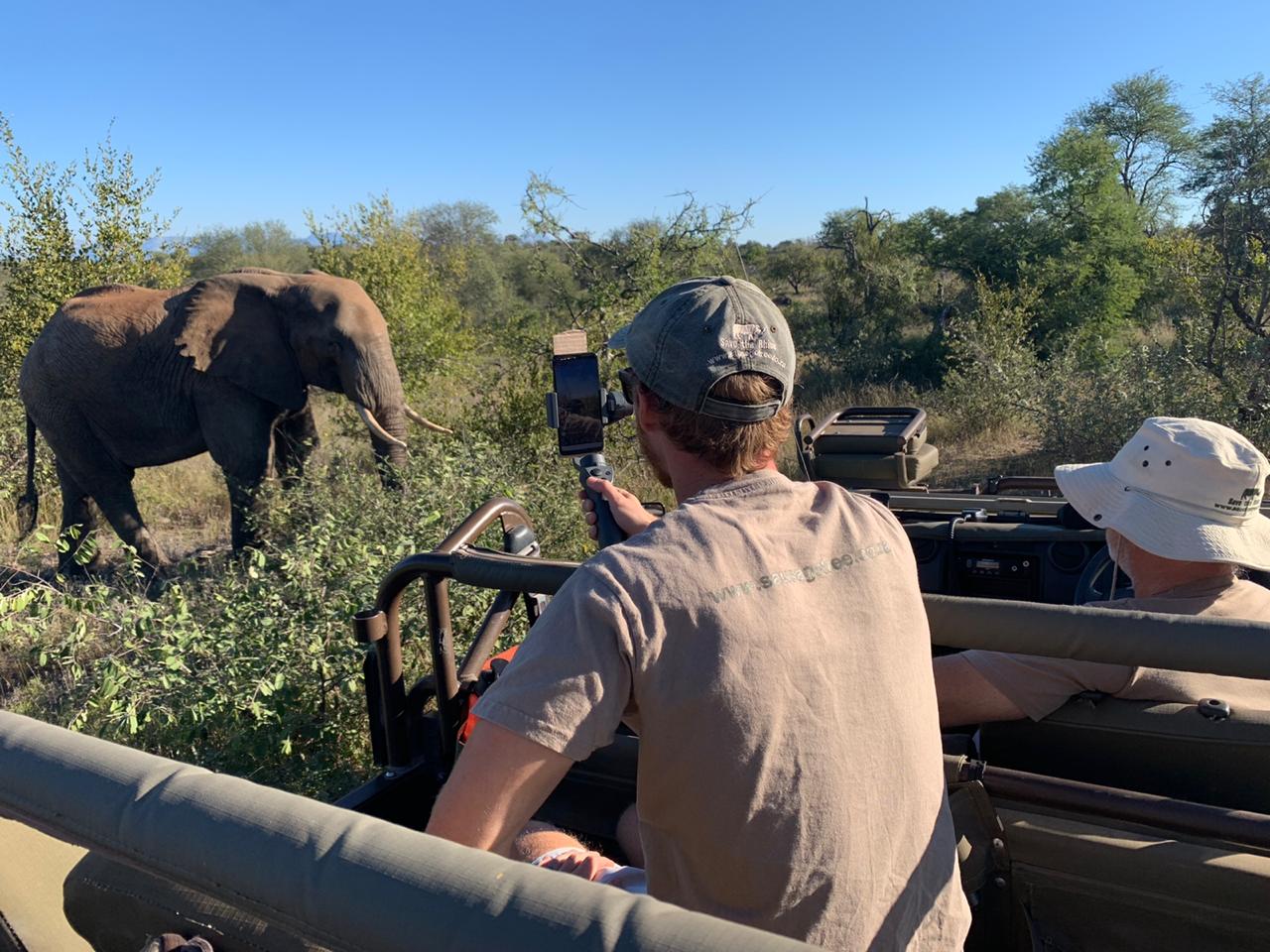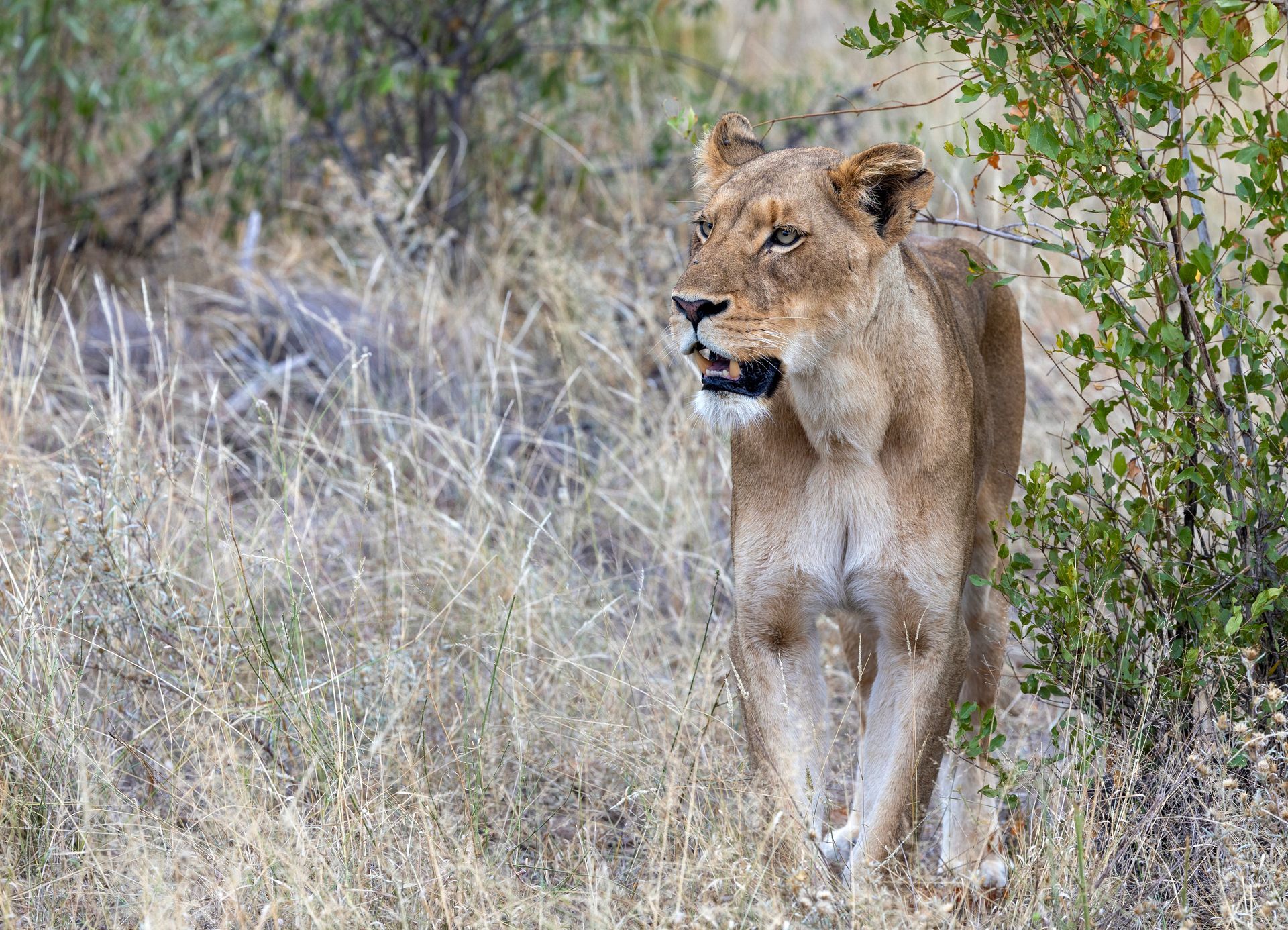And suddenly the frogs are here again….
We have been blessed with lots of good , penetrating rains through November and December so far and now during the evenings , the frogs and toads are making their incredible variety of calls.
The majority of calls are for mating purposes and some are territorial announcements, both are made by males. Other calls are known as release calls made by a male being subjected to amplexus by another over eager male , or by a female calling time out on the mating business. Finally there are the occasional distress calls made by either sex when seized by a predator.
And the difference between frogs and toads? In fact toads are a family of frogs, Bufonidae , that have a particularly granular and glandular skin with large parotid glands behind the head that secrete a cardiotoxic substance as a deterrent against predators. Another difference is the huge number of eggs toads produce , up to 20,000 in a string as opposed to clumps. Unlike other frog species , the Bufonidae are poor jumpers and swimmers.
We have a wonderful variety of species here on Olifants West Nature Reserve and one of the standouts is the foam nest tree frog due to its extraordinary breeding strategy. Being arboreal , the female will find a suitable branch or rock face overhanging a pool of water. She will start to stridulate with her hind legs as she secretes from her oviduct a liquid that is whipped up into a froth as she lays her eggs. Several males will be in attendance jostling for pole position to perform amplexus with her and fertilise the eggs . This process can take up to 24 hours or more during which she will occasionally descend into the water to rehydrate through her skin and on return will usually find a different male in pole position. Approximately 1200 eggs are produced and fertilised in this manner. As the foam dries out , in size and shape it resembles a white melon. This offers protection from the sun and predators alike and within half a dozen days the tadpoles grow heavy enough to drop out of the bottom into the water and maybe one or two will survive to adulthood. That is only if the pool of water chosen has not dried out in the meantime.
Another intriguing species is the Bushveld Rain Frog which is terrestrial and needs no pools of water to breed like other frogs but have hard digging equipment on their heels “tubercles” for burrowing into the soil softened by the newly arrived summer rains . Eggs are deposited here in a protective jelly to avoid desiccation whilst they develop. They also dig burrows to inhabit to keep safe from predation and from which the male will serenade females with his mating calls hoping she will abandon her burrow to meet him above ground and that is when the fun begins.
The male is considerably smaller than the female and both have very rotund bodies with very short legs making amplexus an Everest like challenge. However to overcome their physical disadvantages , once the male manages to get on her back she secretes an adhesive that locks the male in place. Of course all good things must come to an end and her other little trick is to secrete a releasing agent when she has had enough.
These two species could not look more different. The Foam Nest Tree Frog is a classic Kermit looking frog whereas the Bushveld Rain frog is comical in appearance and waddling walk, and a permanent expression of dissatisfaction.
